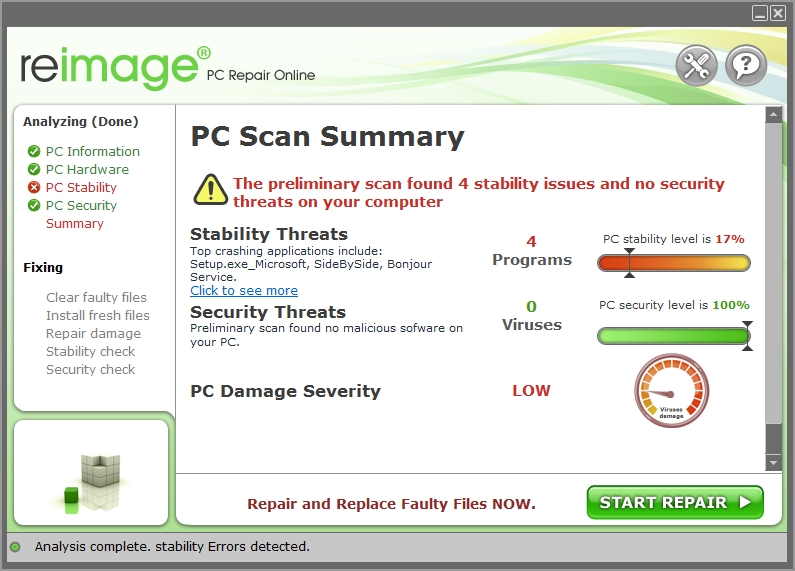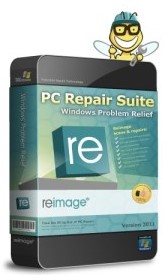

It’s not uncommon to ‘collect’ files over time that aren’t necessary. A popup will appear and, just like above, click OK to permanently remove these images: From the Media Library page, click Bulk Select at the top:Ĭlick on all files you’d like to delete, and choose Delete Selected.

You can also bulk delete files and images, which is a quicker way of managing unused files. Clicking OK will remove the file from your Media Library. To delete a single image, click it, then choose the Delete Permanently option at the bottom of the screen:Ī popup will appear on screen. One of the easiest ways to unload storage space and keep your site running at its best is to delete all of your unused files and images.įrom the WordPress dashboard, go to Media > Library. With no dimensions in place, WordPress will no longer be able to save multiple sizes of the same image. To prevent the creation of multiple image sizes, simply change the values in each box to 0. To do so, head to Settings > Media within your WordPress dashboard: As we mentioned before, this can quickly fill up your available storage space, while also slowing your website down.įortunately, this is something you can easily put a stop to. While you may sometimes upload multiples of the same image, duplicate images are usually caused by WordPress’ automatic creation of multiple image formats (such as Thumbnail, Medium, and Large). Of course, you can compress (or scale them) further if necessary. When you use JPG instead of PNG, your images will naturally be of a smaller size. The only time you really need to use PNGs is when you require a transparent image background. PNGs are often of higher quality, but this isn’t a dealbreaker for the majority of website images. When comparing JPG and PNG images side by side, you’ll notice a slight difference in quality. The two most common are JPG and PNG, but the former is best when it comes to saving space. Use JPG Images Instead of PNGĪnother factor that impacts media space usage is the image file types you use. To learn more, check out our in-depth resource on image optimization and SEO. What’s more, how you treat images on your website can have a crucial impact on your website’s Search Engine Optimization (SEO). In short, it enables you to use the minimum number of pixels to display your image, which directly correlates with a reduction in file size. Image scaling is also a great way of resizing your images without losing out on quality. This should contribute to improved site speeds, both on the front and back ends. By uploading smaller images to your Media Library instead of just downsizing larger images with HTML, you can increase the space available on your server.

There are many factors that contribute to media space usage – one of the most important being image size. It can also interfere with the site’s User Experience (UX). This can slow down site speeds, and may drive visitors away. These limitations are put in place for good reason, as too much media uploaded to your website will eventually decrease its functionality.įor example, the more files that are uploaded to a website, the longer it will take to load. The amount of storage space available to you will depend on your host. This is because most cleanout processes mean you’ll be deleting certain files for good. Still, it’s important to make at least one copy of your current website before tackling a Media Library cleanout. If you have an automatic backup process configured, your backup files can become large and unwieldy.ĭepending on your web hosting plan, all those extra files could eventually cost you more each month, in addition to creating an overall slowdown. Another problem that can arise from a cluttered Media Library is oversized website backups. Ultimately, this can bog down your entire website, as all those images take up space on your web server. Consequently, your Media Library can amass a lot of files that you may not be aware of. Additionally, different themes and plugins may also request a variety of image sizes. When you upload an image to your Media Library, WordPress makes several copies of it. Excel with WP Engine Why You Should Clean Up the WordPress Media Library


 0 kommentar(er)
0 kommentar(er)
